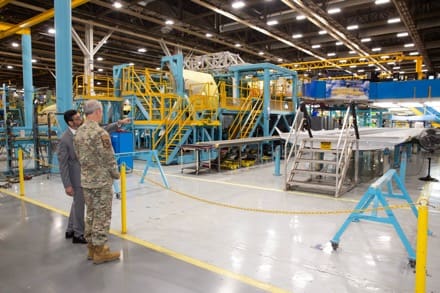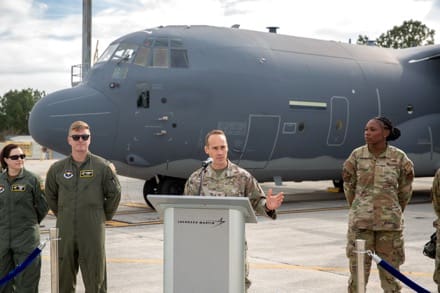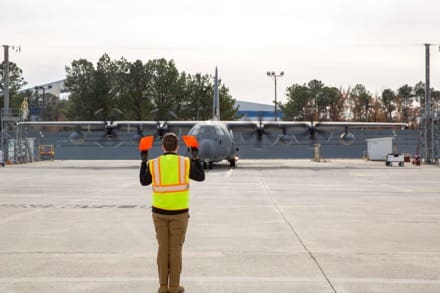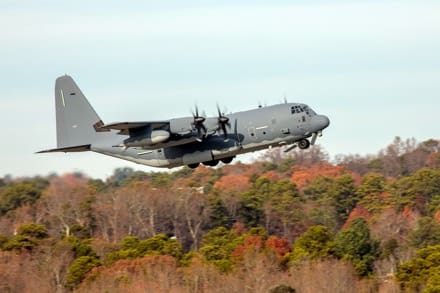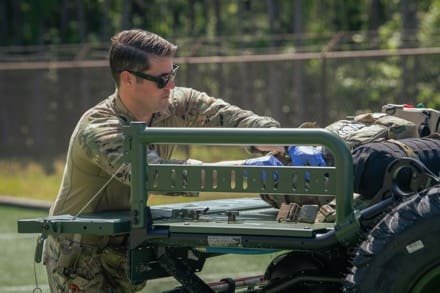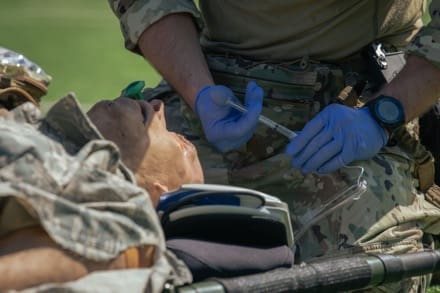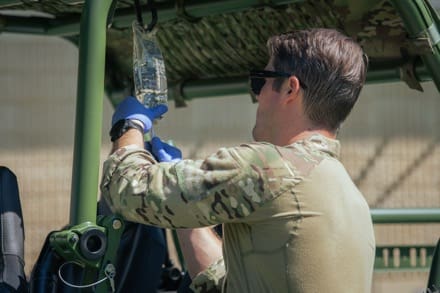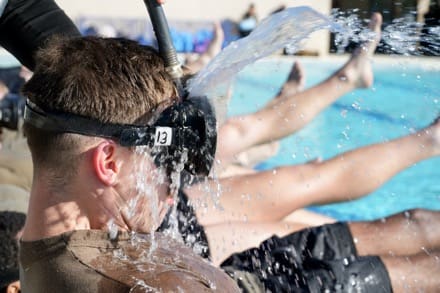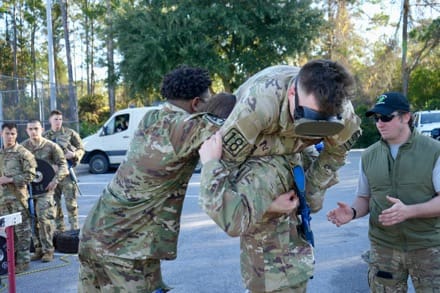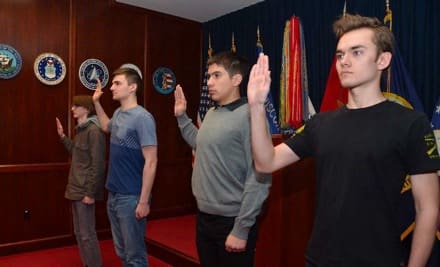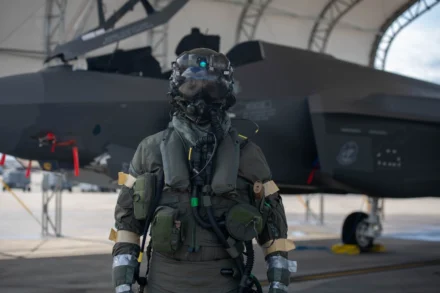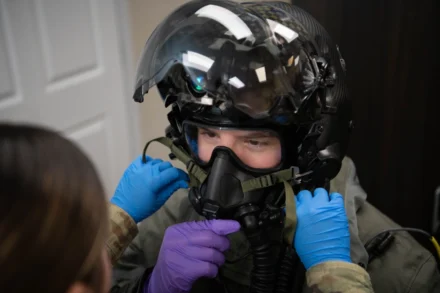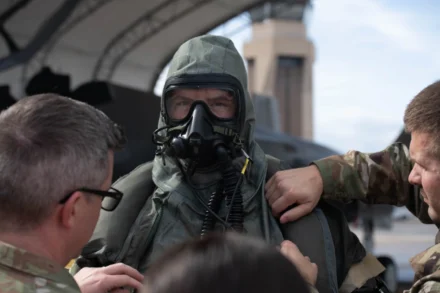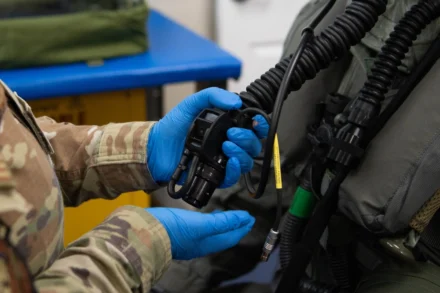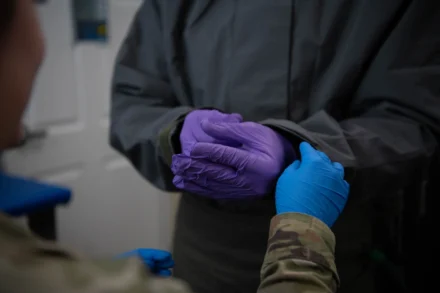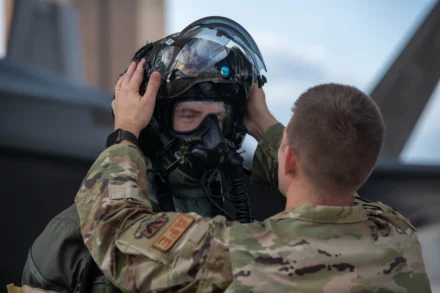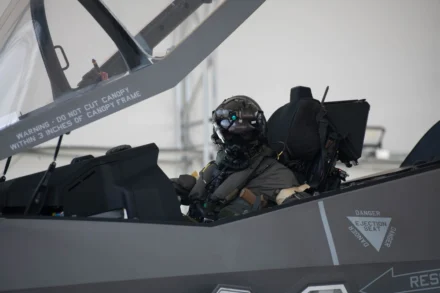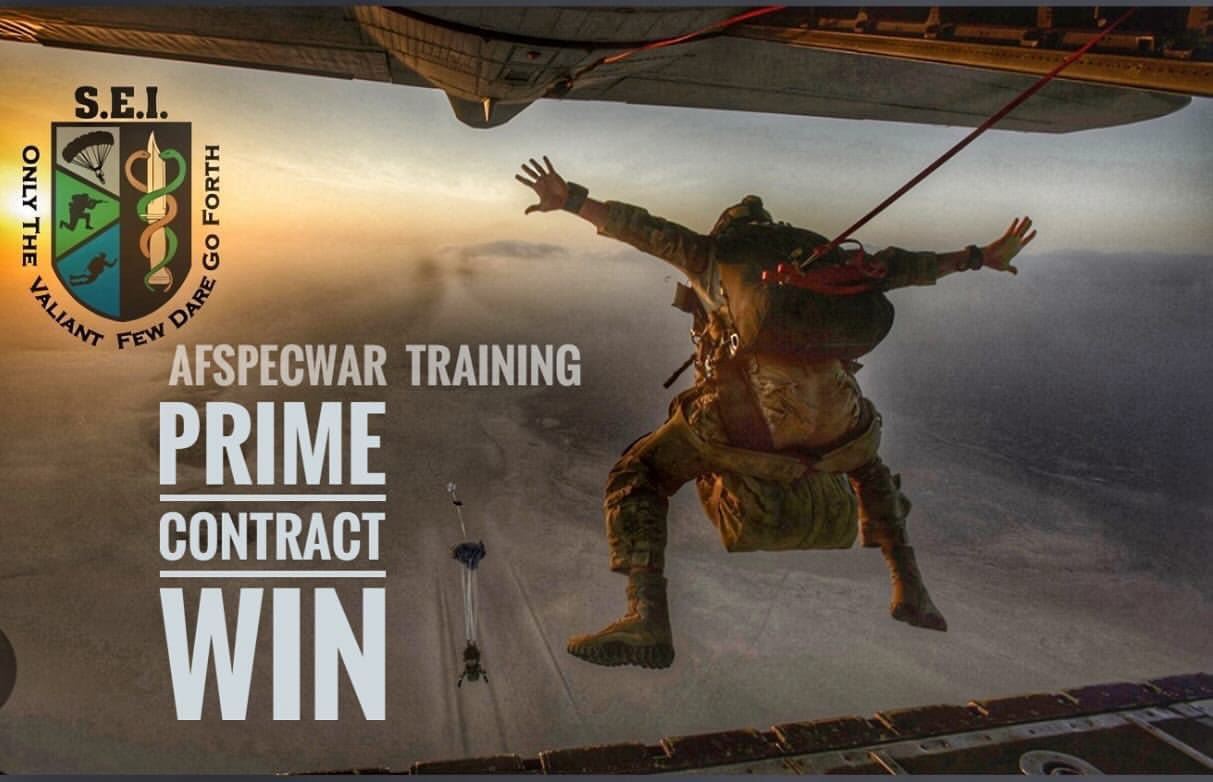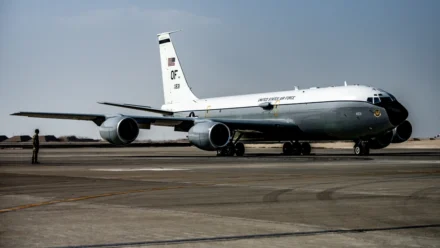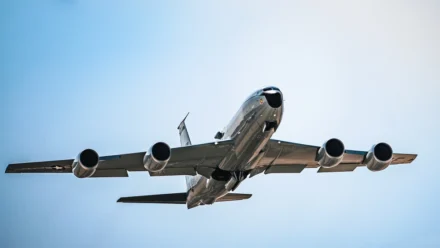JOINT BASE LANGLEY-EUSTIS, Va. (AFNS) —
As Air Combat Command adapts to meet the challenges of Great Power Competition, Gen. Ken Wilsbach, commander of ACC, has outlined a vision for the future by emphasizing four key focus areas for the command: Readiness, Modernization, Agile Combat Employment and Taking Care of Airmen and Families.
These priorities aim to ensure ACC is prepared to tackle GPC head-on, while continuing to support the well-being of its personnel and families.
“The entire Air Combat Command team should be focused on a limited number of objectives,” Wilsbach said. “If everything is a priority, nothing is a priority. Our command will be focused on creating dilemmas for our adversaries through readiness and deterrence.”
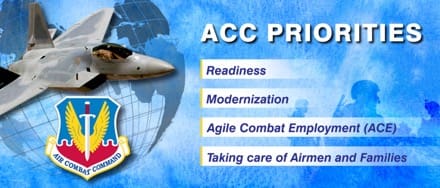
Readiness
At the forefront of the new priorities is readiness. To ensure the Air Force is prepared to compete and win in the future environment, it is undergoing significant organizational changes to optimize for future conflicts, including redesigning current wing structures.
Wilsbach adds that readiness, however, starts at the lowest levels and then builds into larger training events.
“Readiness starts off at the unit level, making readiness an everyday priority,” Wilsbach said. “Then you build on that for the squadron, for the group, for the wing and so on until you have 400-level or graduate-level exercises. They all start at that unit level on a day-to-day basis…so when we do the 400-level exercises, we’ve got the muscle memory to put it all together and learn from our mistakes.”
ACC’s mission is to organize, train, and equip combat ready airmen. By increasing readiness capabilities, Airmen can provide the combat support required by America’s warfighting commands.
“We’ve got to be ready for whatever it is that our nation could call us to do,” said Chief Master Sgt. Dave Wolfe, ACC command chief. “You have to come to work every day and figure out what needs to be done and then execute those tasks and priorities in a way that just gets you incrementally better over time.”
Modernization
As adversaries continue to develop more advanced capabilities, the need for modernization has become more urgent than ever. Wilsbach points to advancements in enhancing the Air Force’s long-range kill chains and building a robust cyber network to enable the service to strike effectively across vast distances.
“We certainly need to modernize our fleet so that we remain competitive. However, we’re not relying on just the platform that you shoot from,” Wilsbach said. “We need to put resources into building a network to have a combined operating picture and the situational awareness to complete the kill chain. The network completes the kill chain and allows you to destroy the targets we’re looking to destroy.
“Modernization is not going to be fast, but we will not take our eye off the ball,” Wilsbach added. “In the meantime, we’ve absolutely got to think and innovate, or our adversaries will pass us by.”
Agile Combat Employment
The third priority places a heavy emphasis on ACE, a concept that plays a central role in ACC’s operational strategy moving forward. ACE involves dispersing airpower across various smaller, more agile bases, rather than relying solely on large, fixed installations. This approach is designed to make the force more flexible and harder for adversaries to target.
“We will make ACE a normal part of everyday business and think in an ACE mindset,” Wilsbach said. “Rather than being satisfied with where we are, we will stretch our goals and take measured risks.”
Wolfe challenged ACC Airmen to embrace the ACE concept fully, incorporating it consistently into training and operational planning. Additionally, he noted the importance of cultivating Mission Ready Airmen — individuals with the expertise and versatile skillsets required to win in various operational scenarios.
“Mission Ready Airmen do their specialty, and then look up and out at what’s going on around them. What are the other things that you could do to impact the mission that makes everybody’s life easier at the end of the day?” Wolfe said.
Taking Care of Airmen and Families
Creating Mission Ready Airmen is impossible without also increasing the focus on taking care of Airmen and their families. Not only do Airmen face incredible circumstances while deployed, but their families take on increased responsibilities while their loved ones are away.
“It’s been said before, we recruit individuals, we retain families,” Wilsbach said. “We do this by addressing a number of aspects, like pay, allowances, living conditions and quality of life, and being transparent with communication from leadership to airmen and their families. I have a great sense of appreciation for those serving in the military, and their families are serving right along with them.”
Wolfe also stressed that in times of conflict, support for families is essential.
“When we talk about readiness, family readiness is absolutely part of this,” Wolfe said. “What’s important is the foundational things that we’re doing to make sure that our people have what they need.”
This support also means readying Airmen and families for the potential difficulties of the GPC environment.
“As leaders, we need to provide the opportunity to do things that are difficult together,” Wilsbach said. “When you have difficult things to do together, perhaps you fail, you get coached and mentored, you learn from your mistakes, and you get better. If we don’t provide those opportunities, then we never will actually grow.”
A Vision for the Future
Following their arrival to ACC earlier this year, Wilsbach and Wolfe have visited multiple bases to meet with command Airmen. They acknowledge the majority of the command are already focused on these four priorities.
“Hopefully these priorities are intuitive, and the command has already been working hard on them for some time,” he said. “I’m thankful for the teamwork and willingness to address the challenges that are laid out before us and a commitment to getting better. If we can be better today than we were yesterday, and we do that every single day, we’re absolutely going to have a winning team.”
Wolfe echoed Wilsbach’s sentiment.
“It means something to be able to look yourself in the mirror and say, I’m an Airman in the United States Air Force, and I’m proud of that,” Wolfe said. “I hope that our Airmen feel that on a day-to-day basis and I want to thank them for the sacrifices that they’re making every day, because this isn’t easy.”
By Capt Barrett Schroeder, Air Combat Command Public Affairs


